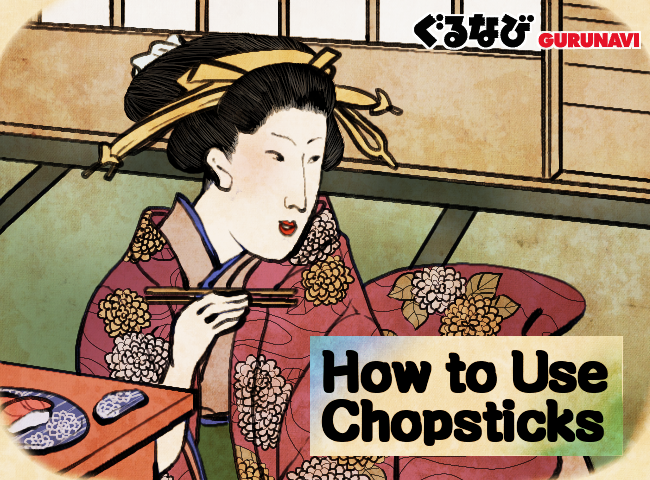Eating Out In Japan - Types of Seating at Japanese Restaurants
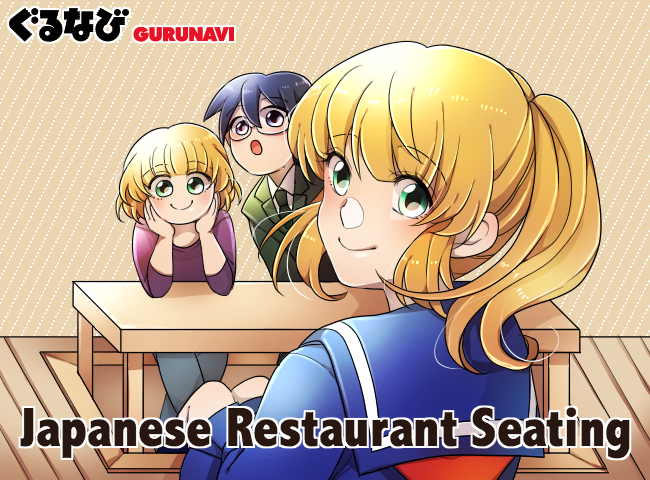
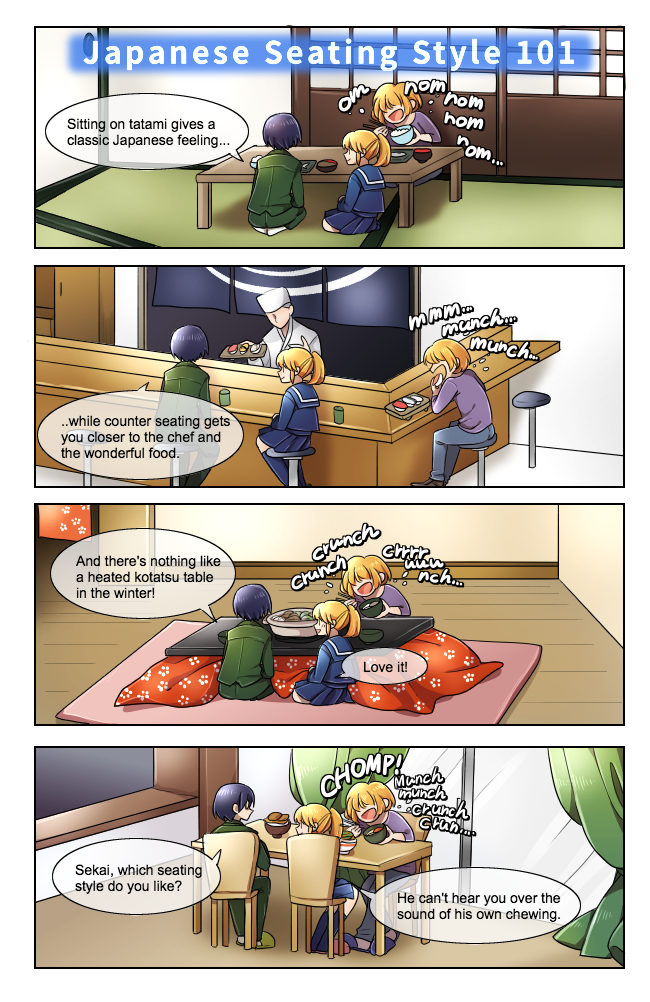
From the first step into a Japanese restaurant, brushing aside the noren curtain at the entrance, being greeted with the friendly shout of “Irasshaimase!”, and being asked to remove your shoes before entering, it becomes apparent that the experience is quite different from Western dining.
Of course many restaurants these days don’t have noren curtains or require taking your shoes off, but there are other differences that make dining out in Japan a unique and fun experience for visitors. The types of seating at Japanese restaurants is one of these, so here’s a guide to the most common types seating options you’ll encounter.
From Bar Seats to Horigotatsu, Japanese Restaurant Seating Options are Diverse
Bar / Counter Seating (Kaunta Seki)
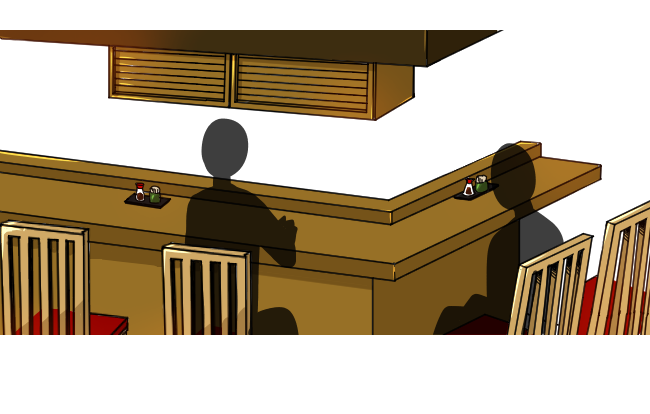
Bar or counter seating, known as “kaunta seki” in Japan, can be found in all kinds of informal dining establishments in Japan, from fast food restaurants like ramen, gyudon (beef bowl), and noodle shops, to bars and some izayaka (Japanese gastropub). Some casual restaurants use counter seating during lunchtime as a way to fit in more solo diners without having to use up an entire table.
Counter dining is used with great effectiveness in more high-class dining establishments to bring an informal atmosphere to the meal. Kappo, a style of dining from Osaka, the chef prepares the meal directly in front of counter-dwelling guests, displaying their masterful knife skills and cooking techniques. Obanzai ryori from Kyoto offers traditional home-style foods in a relaxed atmosphere, served to diners most often sitting at a counter with the dishes of the day on a ledge between the counter and the kitchen.
When eating out in Japan at a fast food restaurant, you’ll typically find a ticket machine at the restaurant entrance and pay for your meal in advance. The staff will then take your ticket and indicate for you to take one of the available open seats at the counter.
Tatami Seating (Zashiki)
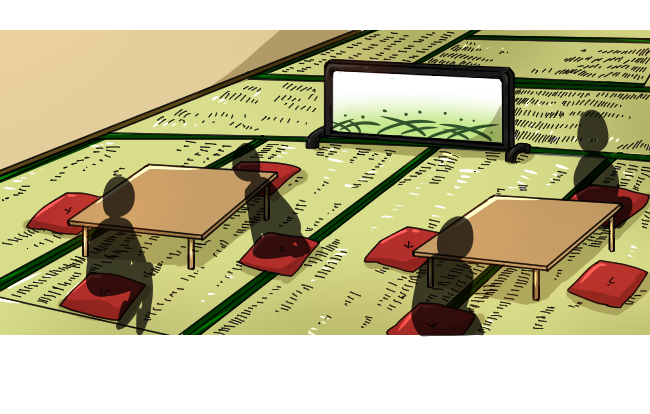
Zashiki is a traditional Japanese restaurant seating arrangement featuring a low table set on tatami flooring. It’s found in more traditional Japanese restaurants, izakaya, and kaiseki restaurants. Tatami seating may be located either in a private dining room or in one section of an open dining room. Some restaurants offer a mix of table seating and zashiki seating, so if your party is lead to a table in the tatami section of the restaurant, you’ll be expected to remove your shoes before stepping onto the tatami platform. It’s customary to turn your shoes so that they are facing away from the tatami, which makes it easier to put your shoes back on when stepping off the platform after your meal. However, if you need to leave the tatami area briefly, such as to use the restroom, most restaurants offer a pair of slippers or sandals which you can use to walk through the restaurant so that you don’t need to put your shoes back on or walk barefoot through the restaurant. Be sure to watch out when you get to the restroom, though, as it’s common in Japan to have another pair of slippers inside the restroom that are separate from the ones you wear around the restaurant. You should take care not to walk out of the restroom wearing these restroom-only slippers!
Horigotatsu
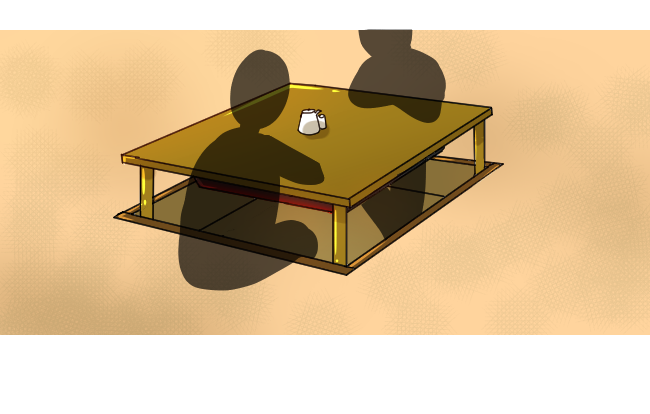
A horigotatsu is a type of traditional Japanese table that’s low to the ground and has a recessed floor beneath it so that people can stretch out their legs. This allows diners to sit in a tatami area the same way they sit in a Western style chair. It’s commonly found in traditional Japanese restaurants and izakaya, especially in establishments that are for group dining.
Table Seating (Teburu Seki)
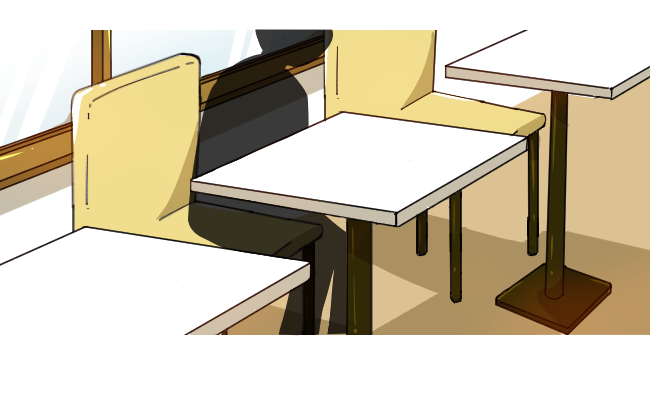
Many restaurants in Japan offer Western-style table seating these days. At the restaurant entrance, you’ll be asked how many are in your party, and shown to a suitable table. After the meal, it’s common to pay at the register in casual restaurants, but increasingly, restaurants in Japan are starting to take payment tableside like in Western-style restaurants. At some casual and fast food restaurants such as ramen shops and cafeteria-style eateries, there may be a large central table, which can be shared by several groups of diners. In that case, it’s customary to acknowledge your fellow diners with a nod before sitting.
Booth Seating
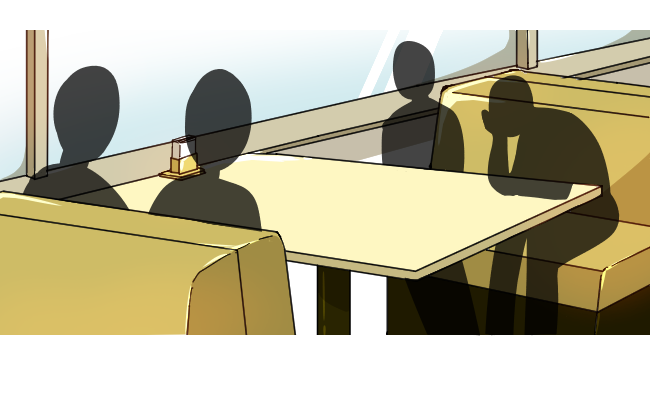
Due to Western influence, many restaurants in Japan offer booth seating, with benches on either side of a table. This style of Japanese restaurant seating is commonly found in casual dining places like curry shops, family restaurants, and izakaya. Booth seating may also be found in restaurants that specialize in group dining, such as yakiniku barbecue restaurants where a group of diners share a single grill at their booth, or shabu shabu restaurants where diners share a common hotpot. Some ramen shops also offer individual booths for privacy so diners can slurp away at their noodles without reserve or hesitation.
Kotatsu

A kotatsu is a type of heated table that’s found in Japanese homes and also sometimes in Japanese restaurants. An electric heating unit is built into the bottom of the table and a special type of quilt covers the table frame to keep the heat from escaping. The tabletop is then placed over the quilt, which provides a surface for activities like eating and drinking, studying, working on a computer, and more. These days, fewer homes and restaurants have kotatsu due to the rise of other types of heating, but they add a unique attraction to those restaurants that do offer them.
Private Dining Rooms

Private dining rooms can be found in various types of restaurants in Japan, both Western and Japanese, and they are ideal for hosting business dinners, celebrations, and private parties. Private dining rooms are especially common in izakaya, which frequently host group gatherings. These gatherings can sometimes become rather boisterous, so a private dining room helps prevent causing a disturbance to other diners. When eating out in Japan and sitting in a private dining room, the seat of honor is the one furthest from the door.
Whether Sitting at a Horigotatsu Table or in a Booth, Eating out in Japan Is a Unique Experience
Japanese restaurants offer a wide variety of seating arrangements that are highly different from restaurants in other countries. Whether you’re looking for a place to enjoy a quick solo meal, meet for a group gathering, or celebrate a special occasion, you’re sure to find that Japanese restaurants offer a unique cultural experience.






